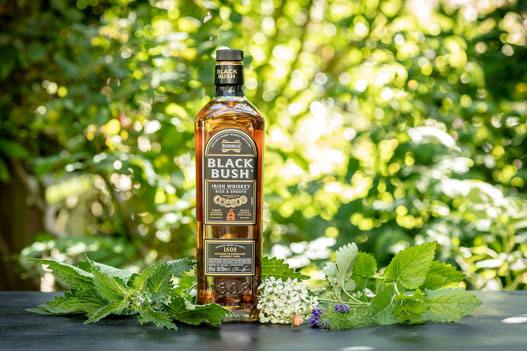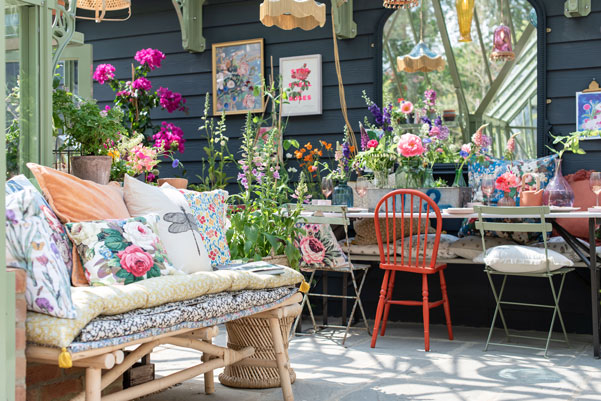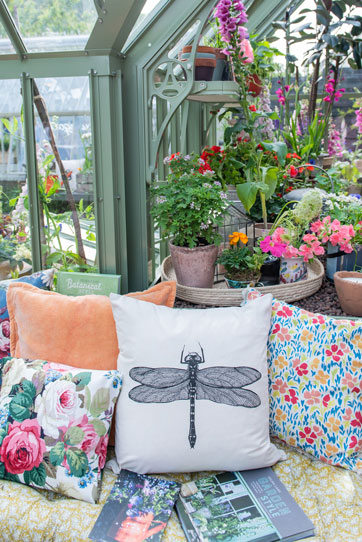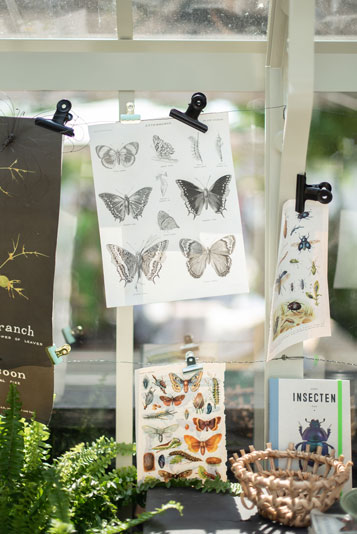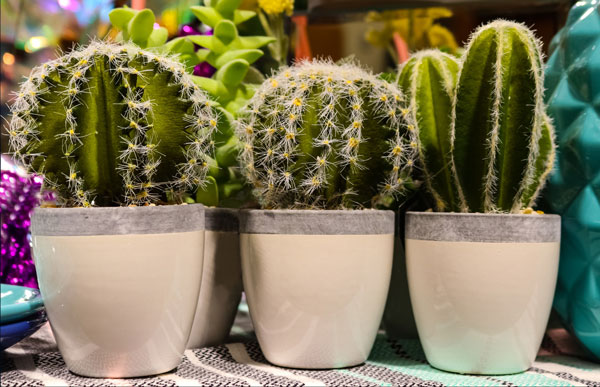Choosing the right veg for your experience level can make a world of difference. Hannah Stephenson shares her top picks.
National Allotments Week is approaching (August 12-18), with gardeners being encouraged to share their harvests and exchange tips.
And if you’re relatively new to the grow-your-own scene, it’s always handy to hear about what’s easy and what’s not – and which crops to tackle once you’ve got a bit more experience under your belt.
Here are three easy veg for beginners, and three more challenging crops for the seasoned allotment holder…

EASY:
1. Onions
The great thing about onions is you can be harvesting them from February to September, if you plant different types.
For the quickest results, grow onions from sets (small bulbs), planting summer (maincrop) types in March and April, in well-cultivated, weed-free ground, pushing the sets gently into the soil so the tips are level with the surface. Spacing depends on the size of the set, so for small bulbs, plant them 2.5cm apart in rows 15cm apart.
Just keep plants watered in dry spells and you could have a succession of onions for much of the year. Spring onions can be harvested as soon as they are big enough to use, while maincrops will be ready in August and early September, when the leaves turn yellow.
Top tip: Keep on top of weeding because onions can’t compete. You’ll need to hoe or hand-weed regularly.

2. Swiss chard
This veg not only tastes good but also makes a great ornamental addition, as there are several types with coloured stalks which add vibrancy to any veg patch or potager.
Related to leaf beet, you can sow it from April to mid-July in rows outside, then thin the seedlings out to 15cm apart, allowing 30cm between rows. The only thing you need to do is keep it well watered in dry spells and free from weeds. It should be ready for picking from July to October.
Top tip: Swiss chard doesn’t travel well as the leaves look sorry a day after picking, so use it fresh.
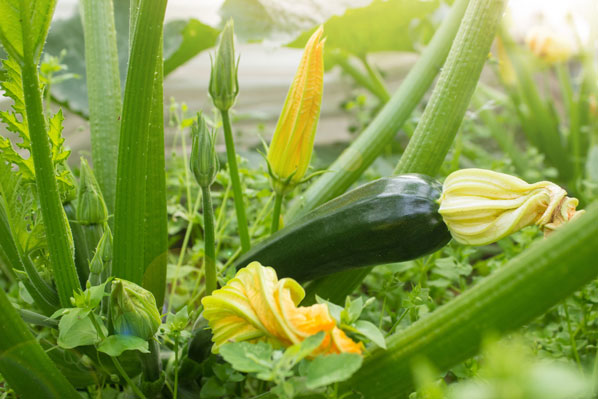
3. Courgettes
These wonderful summer veg, great grilled on the barbecue or sliced thinly in salads, are easy to grow, provided you give them enough space (one plant will fill a large container). Their yellow flowers are also edible and can add colour and mild flavour to salads.
They need to be started off indoors in spring, sowing singly in pots on a windowsill in April, and then hardening off outside before you plant them after the last frost has passed, at the beginning of June.
Prepare the soil by filling a hole with compost and topping it off with soil to create a low mound, so excess rainwater runs away from the base of the plant, helping prevent stem rot. Space them 60cm in each direction and lay mulch over the soil to retain moisture and smother weeds.
Keep them well watered during the warmer months and feed them with tomato feed every week once fruits have formed. You should be picking them from July to October and have plenty to share with your allotment pals with just a few plants.
Top tip: Choose a variety bred specifically for courgette growing, rather than a marrow type where you can pick the fruits when they are small, because your yield will be better. Good varieties include ‘Soleil’, ‘Clarion’ and ‘Parthenon’.
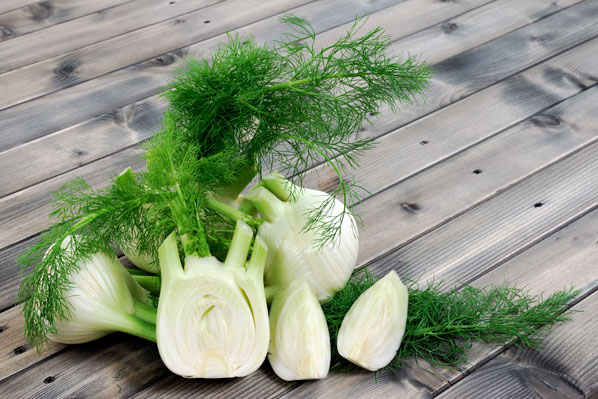
A BIT TRICKIER…
1. Florence fennel
This aniseed-flavoured veg with a swollen white bulb-like base is delicious used raw in salads or roasted in the oven.
It’s challenging because it prefers a Mediterranean climate, so you need to mimic that as much as possible growing it in a warm spot in light, well-drained soil, working in plenty of organic matter and watering it during dry spells.
Its main problem is bolting – when it produces flowers and runs to seed – which will make the bulbous base inedible. This can be caused by lack of organic matter in the planting area, dry soil and sudden swings in temperature.
Start the seeds off indoors in May, sowing three seeds each in small pots. Germination can be erratic, but remove the weakest two, leaving one seedling per pot.
Harden the plants off carefully before planting outside at the end of June, or when there’s a prolonged period of warm weather. Water them carefully – you don’t need much to start with, but don’t let them dry out.
If you want to sow outside, leave sowing as late as you can, probably late June or early July, as Florence fennel will bolt if sown too early or in a cold summer. The seeds should be sown directly into a well-prepared seedbed. It grows quickly and should be ready in late August and September.
Top tip: Cover young plants with fleece at night if it’s chilly, even in the summer.

2. Cauliflower
Now a designer veg, with purple and lime-green varieties as well as the traditional types, have a go with them on the allotment if you fancy something a little more challenging. The main problems are bolting and poor soil.
You can get summer, autumn and winter varieties which you’ll need to sow at different times of the year – the only one which can be started off outdoors is the winter variety, which can be sown in April and May.
The biggest job is really good soil preparation. They like clay soil which isn’t waterlogged. If you have light soil, dig in plenty of organic matter. If you have acid soil, add lime over the winter to give it a pH of 7 and a good boost of balanced fertiliser, working it into the soil before planting.
Water young plants in well but once they’re established, only water if the soil becomes very dry. Too much water will encourage bigger leaves, rather than curds.
To stop them bolting, feed and water seedlings well and transplant them no later than six weeks old. When the curd looks full-size, cut it off just below the base of the head.
Top tip: When small curds appear in the centres of the plants, bend a few outer leaves over for protection from bad weather, snapping them so that they stay in place.

3. Celery
Delicious in salads, as crudites or cooked in stews, celery does, however, need attention to detail when growing. Sowing needs to be done indoors in relatively high temperatures (60-70°F/16-21°C). For the best chance of success, choose a self-blanching type.
Celery needs rich, fertile soil, which has had plenty of well-rotted organic matter worked into it beforehand. Plant the seedlings out in early June, after the last chance of frost has passed, spacing the plants 23cm apart in all directions. They need close spacing as the plants need to shade each other’s stems.
Water in well and keep them watered regularly. If you let the plants get remotely dry or water irregularly, you’ll lose the crop. Give them a liquid feed regularly too using a high-nitrogen feed, and keep them well weeded.
Top tip: Be vigilant against slugs, which can settle in and feed on the central stems, making the celery unusable.
National Allotments Week runs from August 12-18. Visit nsalg.org.uk.






























